5 Must-Have Books on Teaching Multilingual Learners
December 1, 2025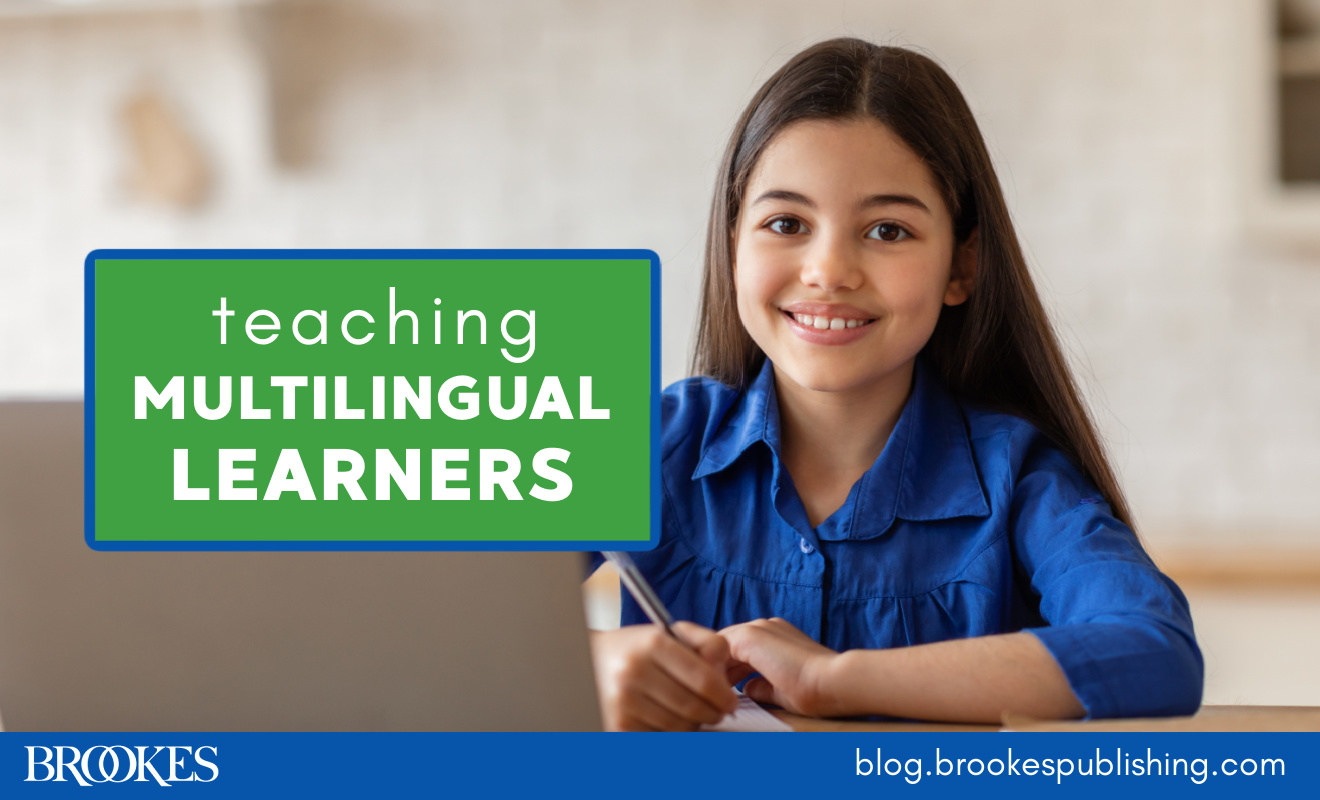
Multilingual learners need teachers and schools that support their educational equity, academic success, and positive social-emotional development. In today’s post, explore five important new and upcoming books that prepare educators to promote the best outcomes for multilingual learners.
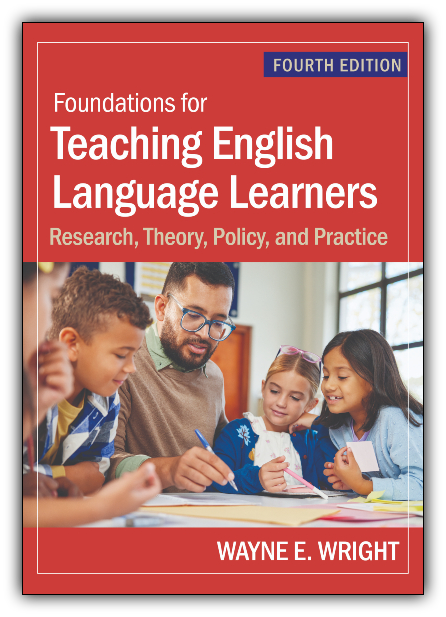 Foundations for Teaching English Language Learners
Foundations for Teaching English Language Learners
Research, Theory, Policy, and Practice, Fourth Edition
By Wayne E. Wright, Ph.D.
In a nutshell:
Ideal for use as a textbook and a professional reference, this is the authoritative textbook for getting K–12 teachers and administrators ready to meet state competency requirements and help their multilingual students thrive. The unique, extensive companion website enhances higher-education learning and gives professors and students innovative ways to interact and collaborate.
New to this edition:
- The latest statistical data, policy changes, demographics, and research on educating multilingual learners
- More on translanguaging, assessment growth models, dual language bilingual education, newcomer programs, and technology
- Updates to align with the most recent standards and policies
- New sections on the impacts of COVID-19, gifted and talented education for ELL-classified students, foundational skills for reading, and AI
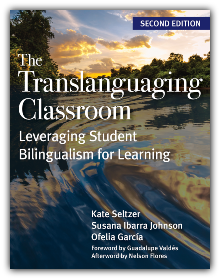 The Translanguaging Classroom
The Translanguaging Classroom
Leveraging Student Bilingualism for Learning, Second Edition
By Kate Seltzer, Ph.D., Susana Ibarra Johnson, Ph.D., & Ofelia García, Ph.D.
NOW AVAILABLE!
In a nutshell:
The concept of translanguaging—using a child’s full linguistic repertoire, or all of their linguistic resources, to make meaning—is key to bilingual students’ success. Created by prominent leaders in the field of educating bilingual students, this new edition provides the foundational knowledge teachers need to understand translanguaging and use it to help bilingual students become better readers and writers.
New to this edition:
- Includes the latest research on translanguaging
- Engages with the exciting expansion of biliteracy in U.S. schools
- Discusses translanguaging in relation to literacy and comprehension
- Deepens the connection between translanguaging and social justice
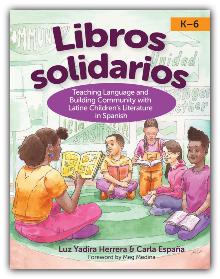 Libros solidarios
Libros solidarios
Teaching Language and Building Community with Latine Children’s Literature in Spanish, K–6
By Luz Yadira Herrera, Ph.D., & Carla España, Ph.D.
COMING FEBRUARY 2026!
In a nutshell:
Latine Spanish-language children’s literature is powerful for supporting bilingual learners’ language and literacy development and nurturing cross-linguistic connections. Written in Spanish with brief English introductions to each chapter, Libros solidarios shows K–6 teachers how to grow biliteracy through 18 classroom-ready unit plans built around Spanish-language text pairings.
Each unit includes:
- Unit Overview: Essential questions, objectives, and key concepts
- Unit Projects: Recommendations for multiple means of expression to evaluate learning
- Sample Activities: Language study charts, sample teacher moves, personal reflections, and book club discussion guides
- Language Study: Guidance for intentional analysis of Spanish language practices and characteristics in texts
- Translation Discussion Guide: Prompts to examine differences between the languages and create opportunities for cross-linguistic connections
- Reading Group Guides: Additional paired texts for guiding further reading and teaching
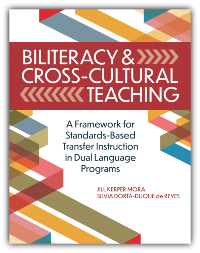 Biliteracy and Cross-Cultural Teaching
Biliteracy and Cross-Cultural Teaching
A Framework for Standards-Based Transfer Instruction in Dual Language Programs
By Jill Kerper Mora, Ed.D., & Silvia Dorta-Duque de Reyes, M.A.Ed.
COMING FEBRUARY 2026!
In a nutshell:
Unlock the full potential of bilingual education with this new resource for K–12 educators working in Spanish/English dual-language programs. Authored by leading experts in bilingual education, this guide on biliteracy instruction and cross-cultural teaching provides a model for creating inclusive, dynamic, and effective multilingual and multicultural learning environments.
Readers will get:
- A decision-making framework and strategies to foster effective transfer of knowledge and skills between languages
- Guidance on designing and implementing standards-based instruction that integrates four domains: Language, Literacy, Content, and Culture
- Reflection and Action questions that encourage educators to critically engage with the material
- Model lesson plans that showcase practical strategies
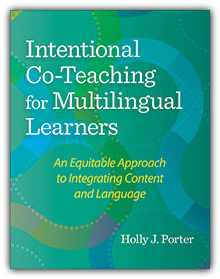 Intentional Co-Teaching for Multilingual Learners
Intentional Co-Teaching for Multilingual Learners
An Equitable Approach to Integrating Content and Language
By Holly J. Porter, Ed.D.
In a nutshell:
Developed and tested by the author in a diverse Colorado school district, this proven co-teaching model will help K–12 educators and multilingual learner specialists work collaboratively to support multilingual learners. Discover how to plan and implement a high-quality co-teaching framework that promotes students’ academic achievement and English language proficiency at the same time.
Readers will:
- Master 4 systemic components of the co-teaching framework
- Implement key instructional components, from planning for integrated language and content to building relationships and reflecting
- Use an expertly organized rubric to plan, implement, monitor, and evaluate co-teaching in schools and districts
- Get the tools needed for success, including videos of key co-teaching interactions and reproducible forms and templates
Contact your sales rep
Interested in purchasing these titles for professional development? Need to find the right text for a fall course? Contact your Brookes representative today and get individualized help!

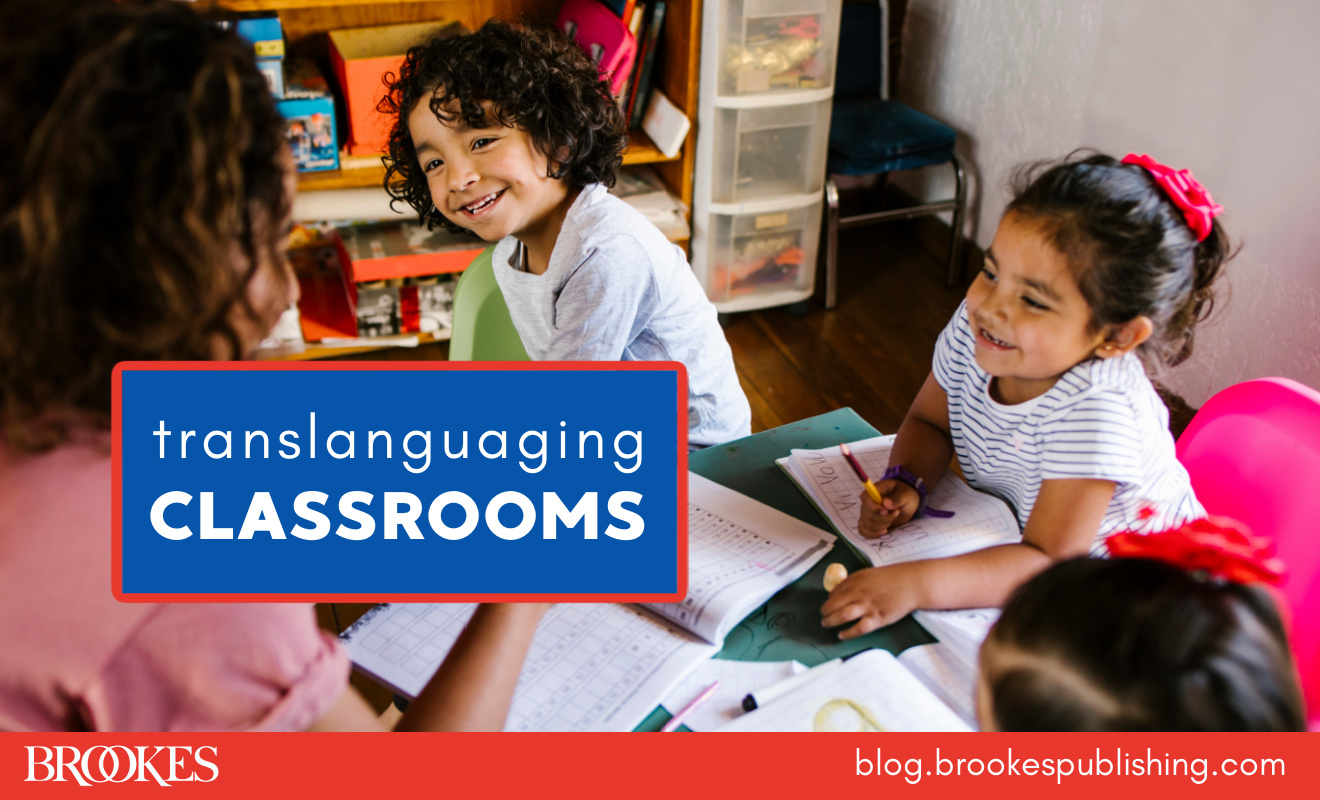
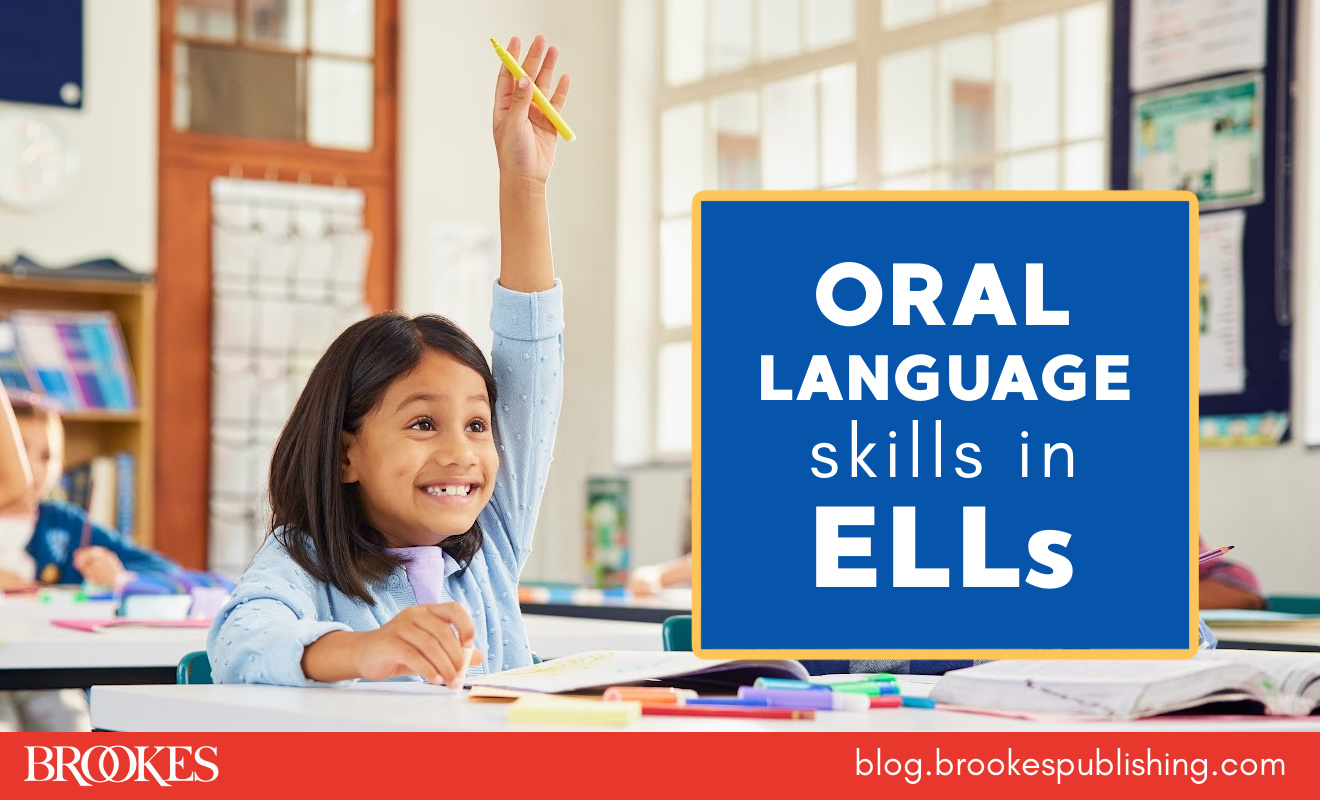
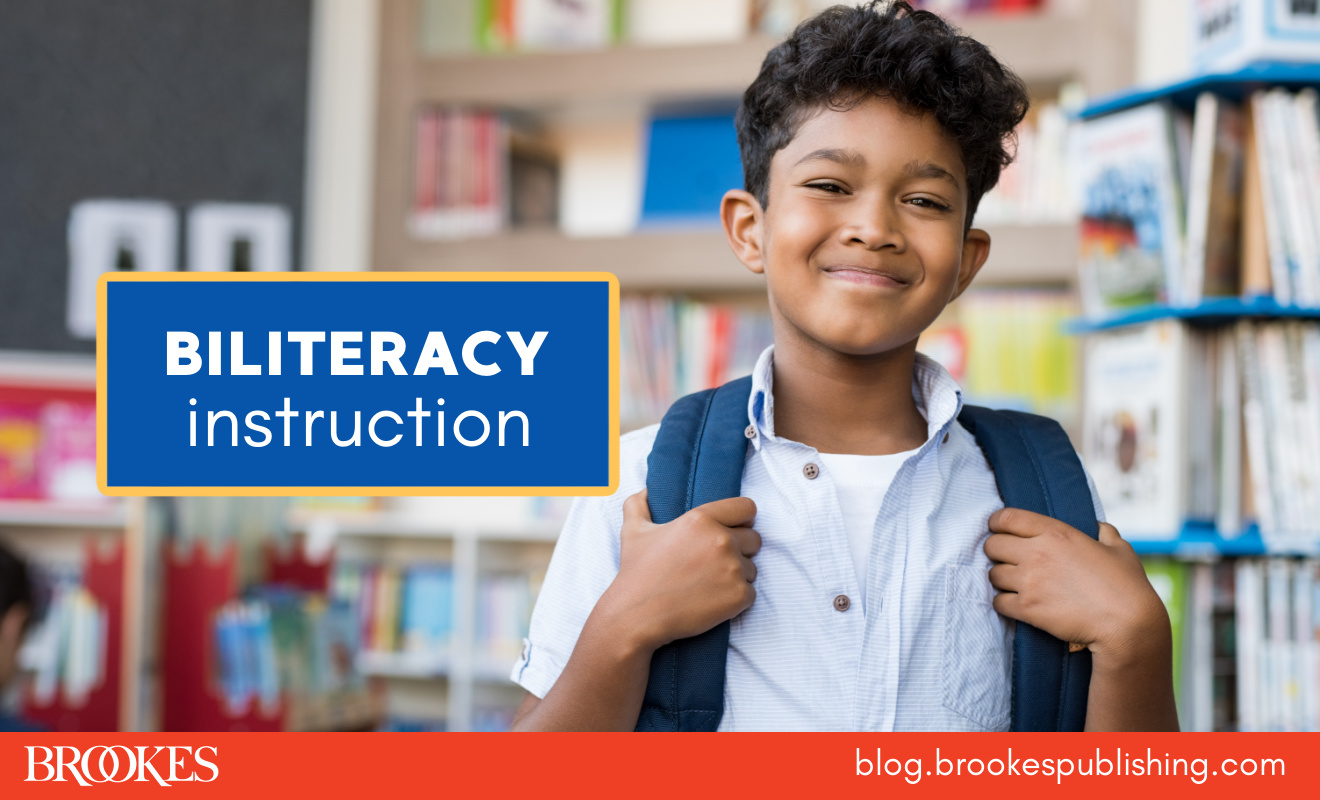
Write a Comment
Your email address will not be published. Required fields are marked *
Post a Comment